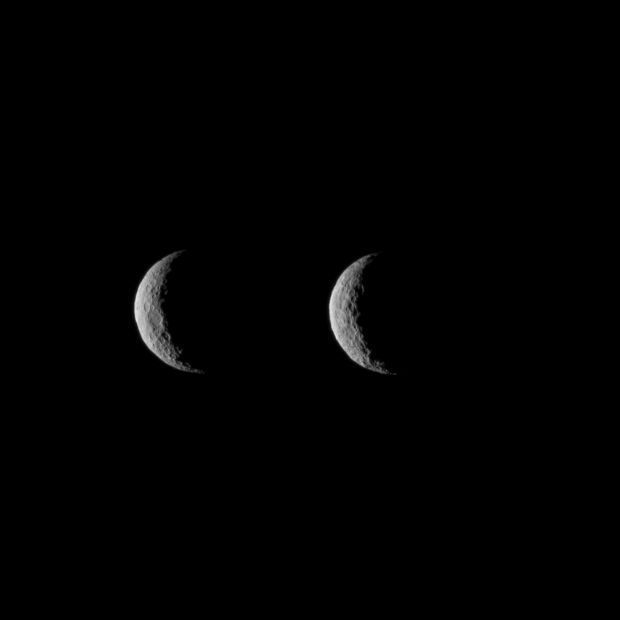NASA’s Dawn space mission is in orbit around Ceres, but is still pretty far away and on the dwarf planet’s dark side right now.
That’s why we haven’t had updated photos of the giant asteroid/planet for a while.
Clearer views will come in mid-April when Dawn crosses to the sunny side and spirals in for a closer view.
Researchers at the 46th Lunar and Planetary Science Conference did shed some light on the Queen of the Asteroid Belt, however, in a morning-long session Tuesday.
In this Q&A, Mark Sykes, CEO and director of Tucson-based Planetary Science Institute and a member of the Dawn Mission science team, reports on the series of CERES talks by phone from the conference center outside Houston.
The session was titled: “Ceres and Dawn: Your last chance to talk about Ceres before Dawn data wreck your theories.” Should we just disregard everything reported Tuesday?
Sykes: “No, it was fascinating. People were presenting theories that we’re now going to be able to test: theories about the internal structure about how much ice there is in the outer layer and how it manifests on the surface.”
What is the most puzzling feature you’ve seen so far in these early images?
Sykes: “Spot 5 —the white spot — that is the star feature. There are also other troughs and scarps and pillowy, softer, rolling-type stuff that appears to be inflated relative to the surface. Is that the result of internal forces?
“There are a lot of very mysterious things.”
So what are those bright spots?
Sykes: “That hasn’t been resolved yet. It’s sitting within a camera pixel that’s 4 kilometers on each side.
“Could it be water ice? I argue it can’t be more than 10 percent because Herschel (a space telescope) would have detected 10 times the water vapor it did. I’m thinking it’s salts — evaporates like we see around Old Faithful, though from a different temperature regime.”
Planetary scientists are very interested in exploration of Ceres. What do you say to convince the general public that it’s an interesting place?
Sykes: “I like to say, with Ceres, that this is our first exploration of a dwarf planet and they are the most common type of planet in our solar system, if not the universe. It’s also the first time since 1989, when Voyager 2 flew by Neptune, that we’ve gone by a planet.
“It’s not like anything else we’ve seen. Could there be oceans beneath the surface? Could there be life beneath the surface of Ceres?
“For decades we’ve been saying ‘Where there is water, there could be life.’ If this white area is water from the interior, it’s not that far away; if we found any dead bug, we could potentially make the most important discovery in human history.”





